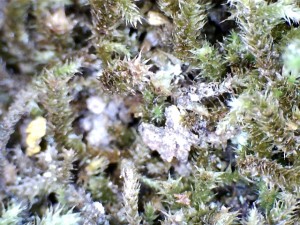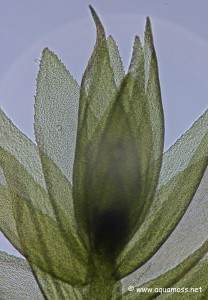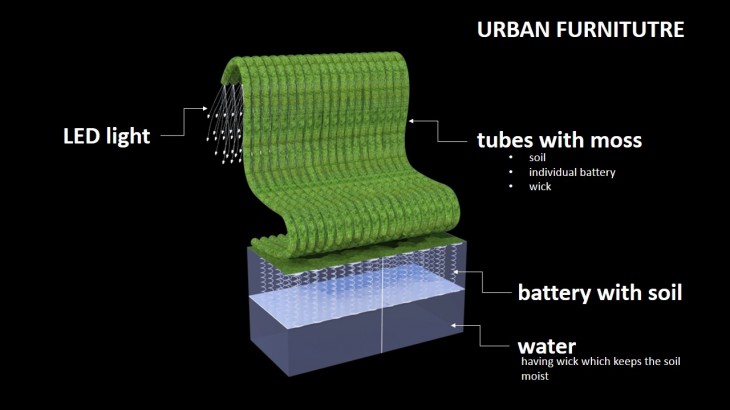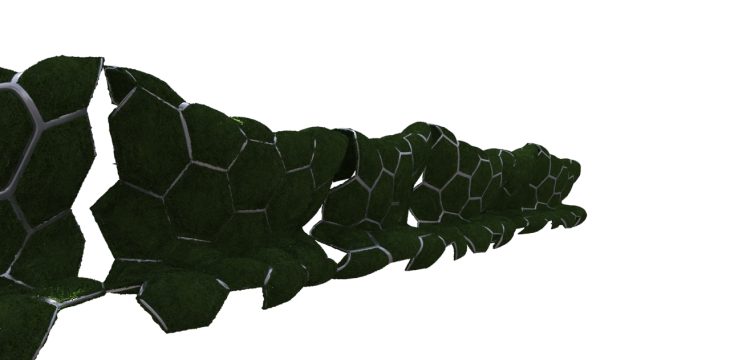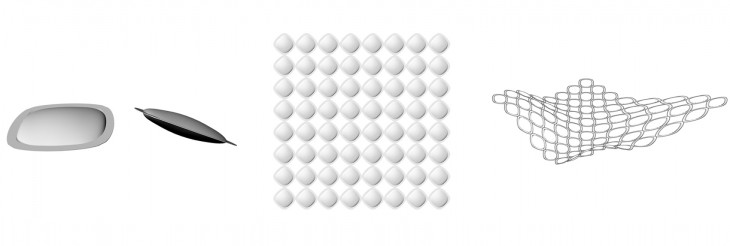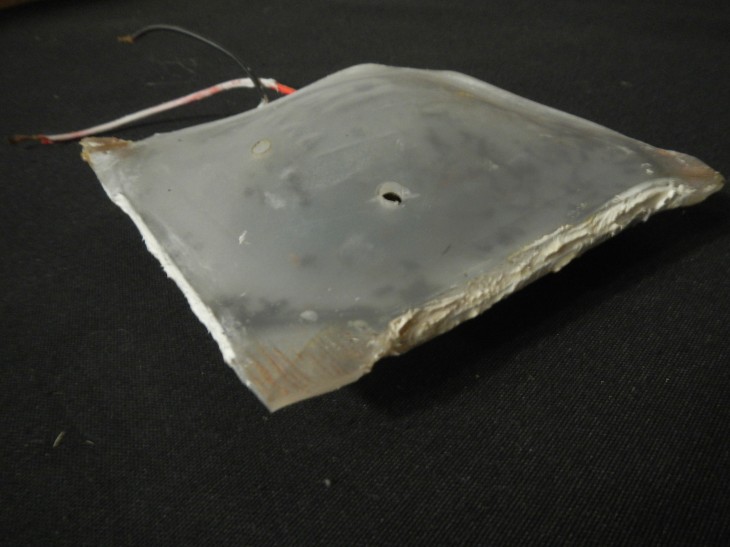Biophotovoltaics consist of harvesting energy from bacteria inside the soil. as bacteria naturally digest nutrients found inside the soil they release electrons which, by placing an anode and a cathode inside the soil, can be harvested. moss is planted in the soil to keep the bacteria alive since, as a by-product of photosynthesis, they release the nutrients bacteria digest.
To find what the size and characteristics several experiments have been conducted. the parameters checked were soil saturation, distance between anode and cathode, volume of soil vs. anode area, container shape, and cathode type. the results lead us to the conclusion that a triangular shape container with saturated soil and a coil cathode placed close together produce better voltage than any other combination.
This technology has many applications as well as limitations. The amount of energy produced is very little for any energy intensive process. Yet big surfaces of it may still produce enough to light or charge small things as light bulbs, cellphones, or any of the like. Taking this limitation into an opportunity led us to create two prototypes. The first one is the design of urban furniture by molding tubes which contain the batteries. The second is a mesh system of batteries that is able to adapt to any surface, be it topography, façades, or installations, and produce the electricity to light up electrical devices around it.
Microscopic Images of Moss
First Prototypes and Ideas

